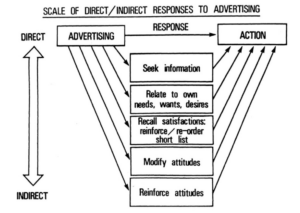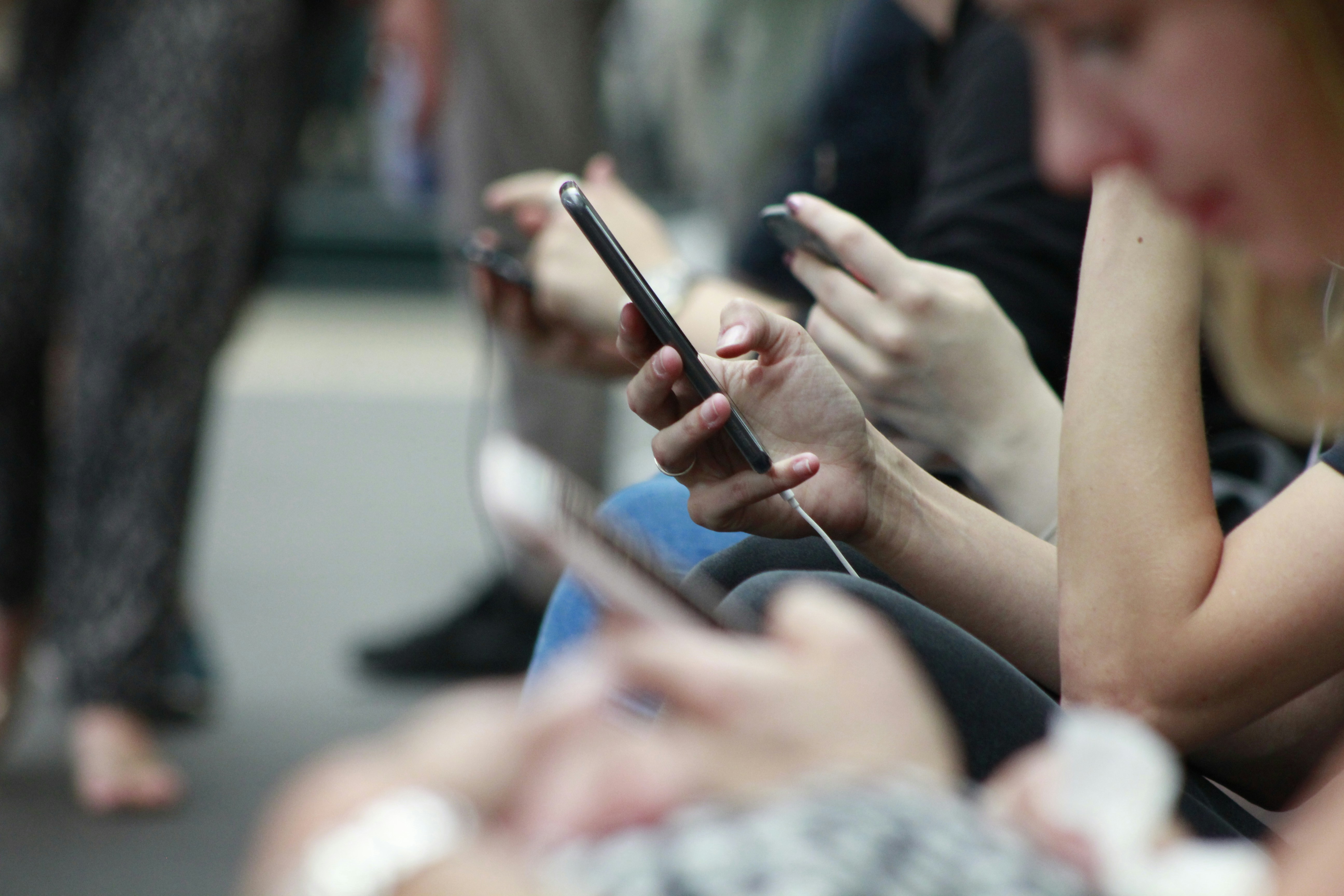
May 21, 2021
What Does the Decline of Third-Party Cookies Mean for Higher Ed?

With the decline of third-party cookies, will higher education digital marketing strategies look a little more traditional?
Television. Dead. Radio. Dead. Print. Dead (but whispers of a comeback exist). Facebook. On life support. Advertisers have written pages on predicting the death of anything not firmly anchored to a shiny new trends deck. And it becomes especially easy to hitch a ride on this school of thought when the majority of our audience is in high school. However, as platforms like Snapchat and TikTok continue to grow and marketers brace for a cookie-less world, the way marketers begin to advertise and measure will look much more…well… traditional.
Putting ‘traditional’ in a headline doesn’t make for an interesting story. In fact, it’s ban-worthy on #AdvertisingTwitter. As social media platforms evolve from feeds to full screens, so too have our expectations of them. Inadvertently, the ad environments coveted by advertisers using television and radio is now easily employed on our mobile devices. Simply put, what happens in the minds of prospective students is just as important as what happens on the screen.
While we must reconcile business goals, there’s a variety of levers our communications can pull to affect our advertising outcomes. To continue to improve our efforts across platforms and invest in the long-term, accounting for these platform shifts is important.
When New Media Behave Like Old Media
Attribution is already a messy endeavor. As the ability to track behavior and conversions across platforms becomes an even more aggravated Achilles heel, the emergence of audio and full-screen social media channels present a media experience that mirrors radio and television—mostly passive entertainment options. And when the predominant means of channel effects precipitously decline (and, no, swipes are not exactly clicks), we are left with a fundamental shift in categorizing how we plan for social media channels as well as other digital channels. Yet, it’s the very same functionality that defines platforms like Spotify, TikTok and Snapchat, that will continue to make them viable options for higher education marketing plans despite the lack of directly-attributed buying behavior.
To start, traditional media—like television and radio—are worth the investment because they benefit from halo effects, command the full screen (or both ears), combat clutter and allow for maximal brand prominence. These elements create a media environment that aids in planning effective advertising. These same elements exist in these new platforms. What needs to evolve, along with the functionality of each platform, is our expectations of what marketers can affect and make more effective.
When we have become reliant on signals that may no longer exist, what can we turn to as an effective alternative when the former falters? What are some ways higher education marketers can look beyond what we believe will hinder our marketing abilities?
Below are three themes that—while aren’t new-are worth exploring as we move forward and make sense of what the loss of third-party cookies will mean for digital advertising.
Indirect Effects Become Inadvertently More Effective
In his 1974 Planning Guide, King wrote, “Advertisements are means, not ends.… The totality of an advertisement, and the individual elements within it, act as stimuli to draw responses.”

King believed that what people take away is not always the same as what you have communicated to them, a telling argument when we begin to think through the effects our messaging can have outside of directly measurable actions. Yet, it’s what people take away—the indirect effects of our marketing efforts—that become tricky to adequately attribute. Furthermore, when a direct sale isn’t a reality, it’s an important reminder that advertising works as an investment. To borrow from a presentation I watched at some point during the pandemic, advertising works to:
- Increase margins/willingness to pay a premium
- By slightly increasing the chance that prospective students will select your school
- By making your institution easily thought of
- And creating positive feelings and associations
So while the inquiry or application is our ultimate goal, there are a wide range of responses and communication objectives our advertising can seek to impact. These indirect effects, while not visible in Google Data Studio, play an important role in shaping perceptions, attitudes and influences.
When developing your next campaign, be single-minded when approaching what communications outcome you desire and hold the creative accountable to the brief. Create a message map and determine what you need to say and what your audience should take away from each encounter.
Placing a Renewed Emphasis on Media Placement
Alignment between ad and context (the media environment the ad appears) can amplify halo effects, meaning an ad is more likely to be processed as well as viewed favorably. It wasn’t too long ago that magazines were the go-to medium for prime placement—in terms of prestige and content alignment. And as targeting individuals (read: following people around the internet) becomes less reliable, there’s been renewed interest in context in digital spaces.
There’s plenty of research that indicates ads placed on sites that are perceived to be high-quality, increase the perceived value of the brand or the ad is viewed more favorably. In either case, there’s a built-in signaling device that is inherent in media. The ability to buy ad space—regardless of media—is an indication of brand health.
Similarly, context can describe what appears around the advertisement. For example, advertising your athletic department on a popular recruitment website or your MBA program on Fast Company’s site. When your messaging and the content next to that ad are strategically aligned, memory activation and attention processing have been shown to greatly increase both recall and message comprehension.
In both cases, understanding your audience’s media habits becomes an important tool in campaign planning. And, while media context may not always be an option (Facebook, TikTok, etc.), there are plenty of options and partnerships worth considering. Tools like SparkToro, Google’s Consumer Barometer and even the placements of previous Google display campaigns can give marketers insight into where your audience is or most engaged.
Rebranding Brand for Better Outcomes
There’s an argument to be made that digital advertising, in most of its forms, is simply claiming space on a digital shelf. The way targeting parameters are created and the dominant behaviors exhibited by most buyers, digital advertising is almost that of a department store—”signposting” among competitors.
The truth is, when we are faced with making real buying decisions, we generally start with brands that are familiar. Strong brands, brands that are easily recognized, drive down-funnel outcomes more effectively. When it comes to search ads, people are much more likely to click on a search ad from a known brand. Recognition and trust is a more effective click producing input than a description.
The same can be said for social media ads. Trust and previous knowledge are drivers of advertising results. And as we gain a better sense of how digital advertising works, a renewed interest— spurred by the platforms’ own research and iOS14—in broader targeting objectives has grown. In a lot of ways it makes sense. Reach and awareness objectives are much more in tune with the typical customer journey. If the average number of days in a typical prospective student’s journey is 500, think how often one can go from in-market to out-of-market?
The resurgence around brand awareness and reach is much more about reaching as many categories buyers as possible with well-branded messaging. It’s also about remembering that traditional media and public relations do well at building strong brands. We tend to think digital first, but when not anchored in a multichannel plan, those digital ad dollars must work much harder.


